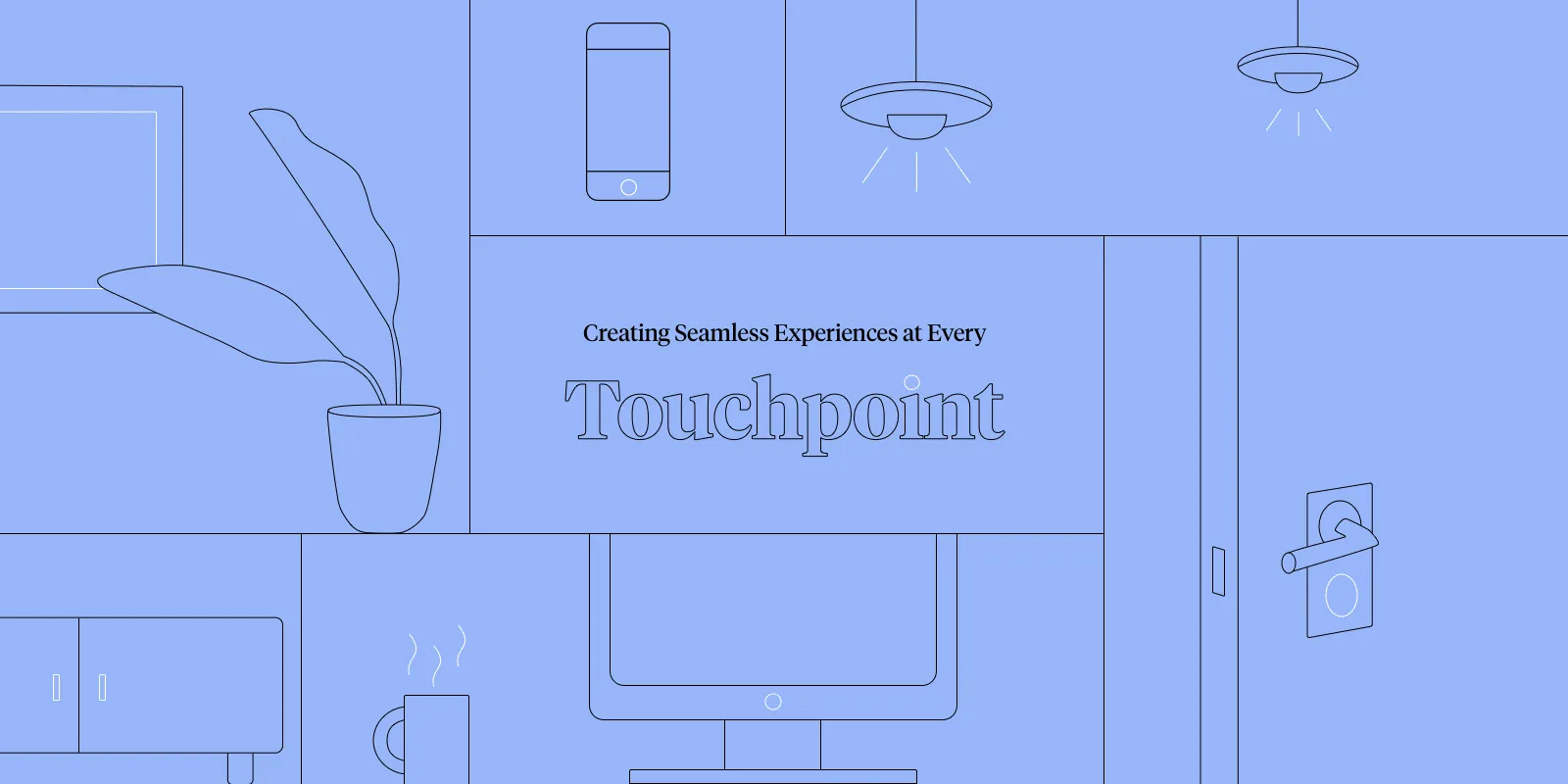Our CEO and Co-Founder Kia Rahmani, discusses how to improve the workspace experience. Rather than experience as an ‘end state’, he explains why it should become part of an ongoing journey. As the market continues to grow, it is essential for operators to focus on future-proofing their technology and service strategy.
Much has been said about the workplace of today; it has to be agile, tech-enabled, and focused on experience. However, the problem is that we tend to think about experience as an end state, instead of an ongoing journey. Experience isn’t something you deliver just once; it’s something that companies should make their top priority as part of their ongoing service strategy, whether you’re an exclusive coworking brand, or a small local coworking community.
Rahmani believes that one of the most common mistakes flexible workspace operators make is that they typically don’t proactively design their members’ journey and they don’t make experience a core part of their strategy for success.
According to the Global Coworking Survey, only 54% of coworking members plan to stay with their current coworking space – a figure that’s dropped 11% since last year. Rahmani states that by not understanding your member’s experience and delivering a seamless experience at each and every touchpoint, you’re missing the opportunity to build a relationship with your members, the key to building a loyal community.
This is what inspired Rahmani to create Optix. “The entire real estate industry has been lagging in terms of innovation, design, and experience.” In other words, the workplace of today is ready for a digital transformation.
According to Rahmani, you don’t need to take dramatic steps to alter behavior, but rather focus on evolving in key areas that members define as high priority in their workplace experience. “You don’t need to completely change behavior,” he says. Instead, flexible workspace operators should focus on offering a seamless experience around each touchpoint and transaction within the areas that members deem to be important drivers of their experience within the workplace and community.
It’s about the experience in booking a meeting room in fewer clicks, making it easy to connect with other members, and being able to access the services and amenities of the space easily” – these types of touchpoints, albeit small, are the ones that matter the most.
Flexible workspaces are about much more than desks and optimizing space utilization. There’s a bigger picture, and to not be left out of it, operators need to up their game and figure out exactly what value they want to bring to the table and for whom: a developer, an entrepreneur, a marketer, a writer, a designer. They should have a clear vision of the experience they want to build and deliver, and focus on that.
Rahmani, however, believes that this seamless experience must be created both online and offline.
Technology is accelerating at a remarkable pace, and enabling us to create a positive experience for the workforce of today, improving how people connect and collaborate in the workplace. But you also need to look beyond technology, to the services and amenities that you offer, to have a well-rounded service strategy. You have to get the basics right. Think about space design, furniture, layout, air quality, lighting, temperature control, coffee, etc. You have to leverage these tools and resources to help members make connections and animate your community; this can also be supported by events, meetups, and other activities that encourage interaction.
Rahmani hypothesizes that as the market continues to grow, operators that don’t focus on future-proofing their technology and service strategy to enable them to deliver a well-designed experience, will miss the wave.
The office of the future, just as today’s leading spaces do, will focus on experience. The key difference being that the workplace of the future will be entirely designed and tailored for the community, for the individual – and made accessible anywhere.
Originally published as an interview with All Work Space at https://allwork.space/ on August 23, 2018.




